Table of Contents
Quality Service Guarantee Or Painting Free

Get a rental agreement with doorstep delivery

Find the BEST deals and get unbelievable DISCOUNTS directly from builders!

5-Star rated painters, premium paints and services at the BEST PRICES!
Loved what you read? Share it with others!
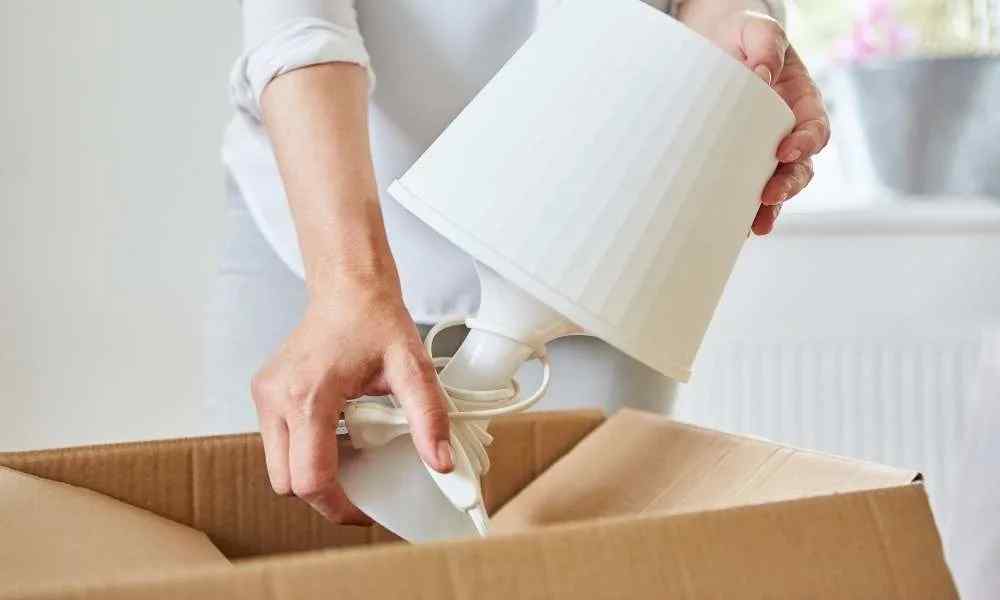

Submit the Form to Unlock the Best Deals Today
Help us assist you better
Check Your Eligibility Instantly

Experience The NoBrokerHood Difference!
Set up a demo for the entire community
How to Pack Lamps for Moving: A Step-by-Step Guide
Table of Contents
Shifting to a new house is an exhilarating journey, but packing your household items can sometimes be challenging. Delicate things like lamps need special handling to ensure they reach your new place without damage. Thus, questions arise: how to pack lamps for moving safely? What are the steps that you need to follow? Can you do it alone or not?
Do not worry! This article will answer all your questions. This article will explore the ins and outs of how to pack lamps for moving, along with some valuable tips relating to it.
Packing Your Lamps for Moving: A Step-by-Step Guide
Follow these simple guides to help you pack your lamps safely and efficiently for a move.
Quality Service Guarantee Or Painting Free

Get a rental agreement with doorstep delivery

Find the BEST deals and get unbelievable DISCOUNTS directly from builders!

5-Star rated painters, premium paints and services at the BEST PRICES!
Step 1: Gathering Your Packing Materials
Start by assembling all the necessary packing materials. This includes sturdy boxes that can withstand the weight and protect the delicate parts of the lamp. Lamp boxes, specifically designed for packing lamps and other tall items, are highly recommended due to their strength and size.
Next, you will need packing paper. This is used to wrap and protect smaller parts and to fill empty spaces in the box to prevent movement during transit. Bubble wrap is another essential material for packing. It provides extra protection for delicate parts like the bulb and the lampshade.
Packing tape is used to seal the boxes securely. Use high-quality tape that sticks well and holds the box flaps tightly. Lastly, a marker is needed for labelling the boxes. Labelling helps in identifying the contents of the box. It provides handling instructions, which can be helpful during the moving process.
Step 2: Disassembling the Lamp
Begin by carefully removing the light bulb from the lamp. Once removed, wrap the light bulb in bubble wrap, ensuring it is completely covered and secure. This protects the bulb from physical damage and contains the glass if the bulb breaks.
After wrapping, place the bulb in a separate box. This box should be small and sturdy; you should fill any space with packing paper to prevent the bulb from moving around. Next, remove the lampshade. The method of packing the lampshade depends on its material. If it's made of fabric, wrap it in clean, unprinted packing paper.
The unprinted paper ensures that no ink transfers onto the fabric. If the lampshade is glass, use bubble wrap for added protection. Remember, the key to successful packing is to ensure all parts are well-protected and secure in their boxes. This prevents damage during transit and makes unpacking and reassembling easier.
Step 3: Wrapping the Lamp Base
Start by wrapping the lamp base in packing paper. The packing paper is a first layer of protection, preventing scratches and minor damage. Make sure to cover the entire base, including any protruding parts. Once the base is fully covered, secure the packing paper with packing tape to ensure it stays in place.
Next, add a layer of bubble wrap over the packing paper. Bubble wrap provides excellent cushioning and absorbs shocks during transit, protecting the lamp base from impacts. Wrap the base thoroughly, ensuring all sides are covered. Once again, secure the bubble wrap with packing tape.
The tape should be wrapped tightly but not so tight that it compresses the bubbles, as this would reduce their effectiveness.
Step 4: Packing the Lamp
Once the lamp base is securely wrapped, it's time to pack it in a box. Choose a box slightly larger than the lamp base for padding materials. Place the wrapped lamp base in the box, positioning it in the centre if possible.
Now, fill any space in the box with crumpled packing paper. The crumpled paper acts as a buffer, absorbing shocks and preventing the lamp base from moving around in the box during transit. Fill the box until there is no movement when gently shaking it.
Finally, close the box and seal it securely with packing tape. Make sure to tape all seams of the box for added strength. And there you have it; your lamp is ready for safe transportation! Remember, the key to successful packing is to ensure all items are well-protected and secure in their boxes. This prevents damage during transit and makes unpacking and reassembling easier.
Step 5: Labelling the Box
Once the lamp is packed, the next step is to label the box. Write “Fragile - Lamp” on multiple sides of the box using a marker. This label serves two purposes: it alerts anyone handling the box that it contains a fragile item and identifies the box's contents for easy reference during unpacking.
In addition to labelling the box as fragile, it's also essential to indicate which side of the box should face up. This can be done by drawing an arrow on the box pointing towards the top or simply writing “This Side Up”. This ensures the box is always kept in the correct orientation, reducing the risk of damage to the lamp inside.
Step 6: Securing the Box
After labelling, the final step is to secure the box. This involves using packing tape to seal all seams and edges of the box. Start by taping the top of the box, ensuring the flaps are tightly closed. Then, tape along the edges and corners of the box for added strength and security.
Cover all seams with tape, preventing the box from accidentally opening during the move. Reviewing the tape again to ensure it's well-adhered and the box is fully sealed is also a good idea.
Step 7: Preparing for Loading
Before you begin the process of loading the box onto the moving truck, it's crucial to prepare the area. Start by ensuring that the path from your house to the truck is clear of any obstacles. This includes items like toys, tools, or other boxes that could be in the way.
Clearing the area creates a safe and efficient path for carrying the box and reduces the risk of tripping or dropping the box. Remember, safety should always be your top priority during a move. Once the path is clear, check the weather conditions.
If it's raining or snowing, take extra precautions to prevent the box from getting wet or slipping out of your hands. You should use a dolly to help transport the box in such conditions.
Step 8: Loading the Box
When loading the box onto the moving truck, careful placement is critical. The box should be placed securely so it won't move around during transit. This could be a corner of the truck or between other sturdy items. Avoid placing the box near the truck's door or on a slope inside the truck, as this could lead to the box sliding or falling over when the truck is in motion.
It's also important to consider the weight distribution inside the truck. Heavier items should be loaded first, forming a stable base. The box containing the lamp, being relatively lighter and labeled as fragile, should ideally be placed on top of these heavier items. This prevents it from being crushed under the weight of other items.
Step 9: Unloading and Unpacking
Upon reaching your new home, the first task is to unload the box from the truck carefully. Maintaining a firm grip on the box and moving slowly to prevent sudden jolts that could damage the lamp inside is essential. Once the box is safely inside your new home, you can begin unpacking. Start by carefully cutting the packing tape with scissors or a box cutter.
Be sure to cut along the edges of the box to avoid damaging the contents inside. After opening the box, gently remove the lamp, lampshade, and light bulb. Remember to handle these items with care, especially the light bulb, which is particularly fragile. Unwrap each item from its packing materials and set them aside safely.
Step 10: Reassembling the Lamp
The final step is to reassemble the lamp. Start by attaching the lampshade back onto the lamp base. Ensure it's securely fastened and properly aligned. Next, screw the light bulb back into the lamp base. Be careful not to screw the bulb in too tightly, as this could cause it to break. Once the bulb is in place, test the lamp to ensure it's working correctly.
And there you have it: your lamp is now ready to light up your new home! By following these detailed steps, you can ensure that your lamp is packed and transported safely and ready for use in your new home. Remember, the key to a successful move is careful planning and execution.
Tips to Consider When Packing Lamps
Moving lamps can feel tricky, but with a little forethought and careful packing, your precious lights will arrive safe and sound at their new destination. Some tips to consider are:
1. Wrap Well
Use bubble wrap generously! Wrap the lamp base, harp, and finial separately, covering all fragile areas. For detailed shades, use acid-free tissue paper to avoid tears or folds.
2. Choose the Right Box
Use sturdy boxes that are a bit bigger than the lamp parts. Put packing peanuts or crumpled packing paper at the bottom to create a cushion. Put the wrapped lamp base upright in the box, filling empty spaces with more padding. Pack shades in their own boxes to prevent them from getting squashed.
3. Manage Cords
Keep cords tidy! Wind the cord around the lamp base and secure it with tape or twist ties. This stops cords from getting tangled and damaged during the move.
4. Label Boxes
Mark all boxes with lamp parts as “Fragile” and show which side should be up if needed. Label each box with the lamp type and where it will go in your new home.
5. Use Original Packaging
If you still have the original packaging, use it. The specially designed inserts give the best protection for your lamp’s unique shape and parts.
How can NoBroker Help?
Careful packing and attention to detail are needed to ensure your lamps are transported safely during a move. Adhering to the steps in this guide can lessen the chance of harm and ensure that your lamps reach your new residence in excellent shape.
Also, don’t forget to use plenty of cushioning, fasten the cords correctly, and select the correct size boxes to offer the required protection. Devoting time to pack your lamps meticulously will maintain their visual charm and aid in a seamless and worry-free relocation process.
NoBroker is a comprehensive service provider for all your moving needs. We offer a wide range of local and inter-city house-shifting services.
The process of availing their services is quite simple and user-friendly. You start by sharing your shifting requirements, including when and where you want to move. We will then provide a free instant quote that guarantees the lowest price for your shifting.
Once you agree with the quote, a quality service expert is assigned for your movement to ensure safe relocation. The rest is taken care of by us.
You can book their services through their website or Packet & Movers App. The app allows you to book a slot for your moving day and save up to 40% on your moving budget. The services start as low as Rs.4950 and depend on how far and how much you move.
So, what are you waiting for? Reach out to us today!
Frequently Asked Questions
Ans: Yes, bubble wrap provides excellent cushioning for lamps during transit.
Ans: Yes, remove lampshades and pack them separately to prevent damage.
Ans: Coil cords neatly and secure them with twist ties or rubber bands to prevent tangling.
Ans: Yes, towels or blankets can be used to wrap lamps for added protection.
Ans: Yes, clearly label boxes containing lamps as “fragile” to ensure careful handling during the move.
Recommended Reading
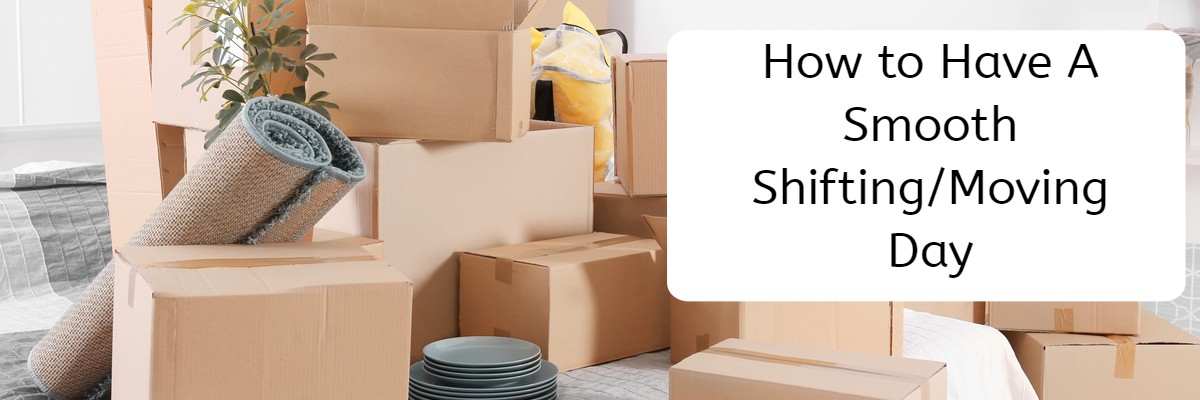
Moving and Packing Tips: Your Hassle-Free Guide for Relocation
January 31, 2025
4812+ views
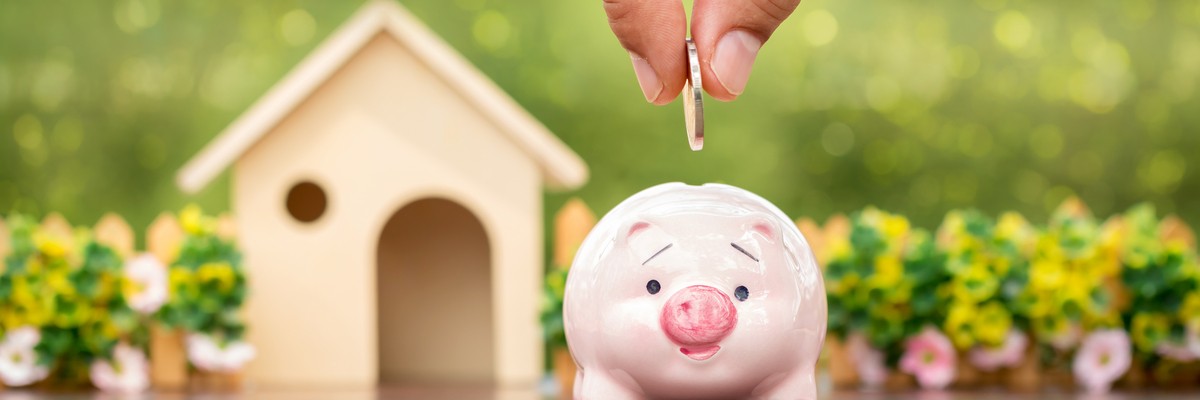
Budget Relocation: Smart Tips for Cost-Effective Home Shifting
January 31, 2025
4437+ views
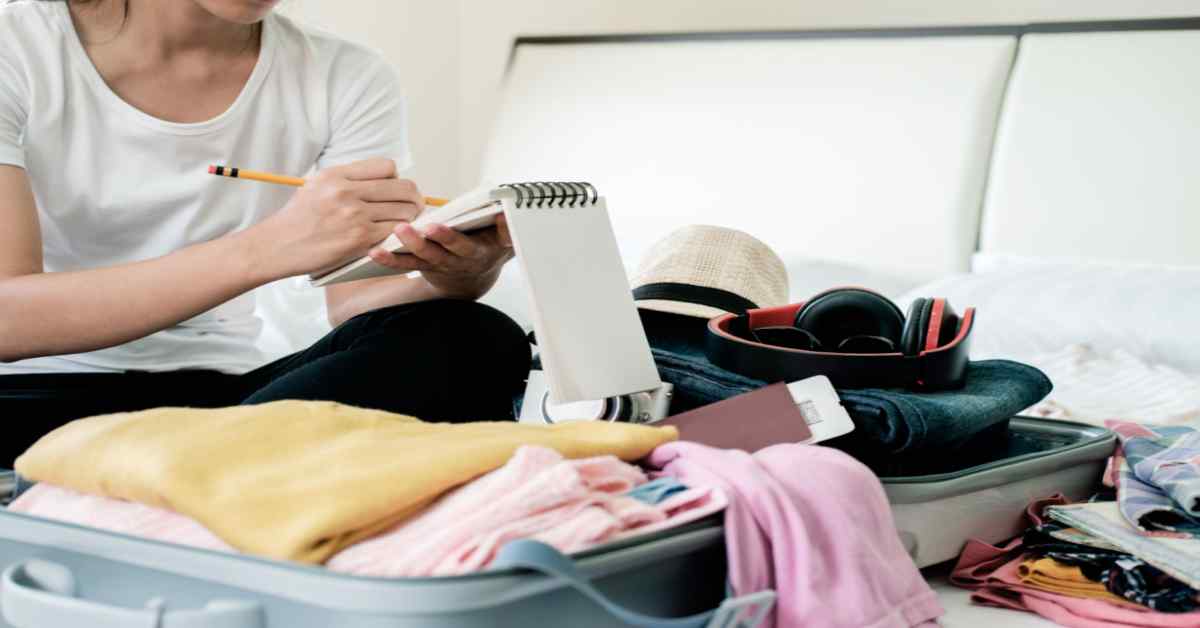
Clothes for Moving: Smart Packing & Organising Guide
January 31, 2025
1951+ views
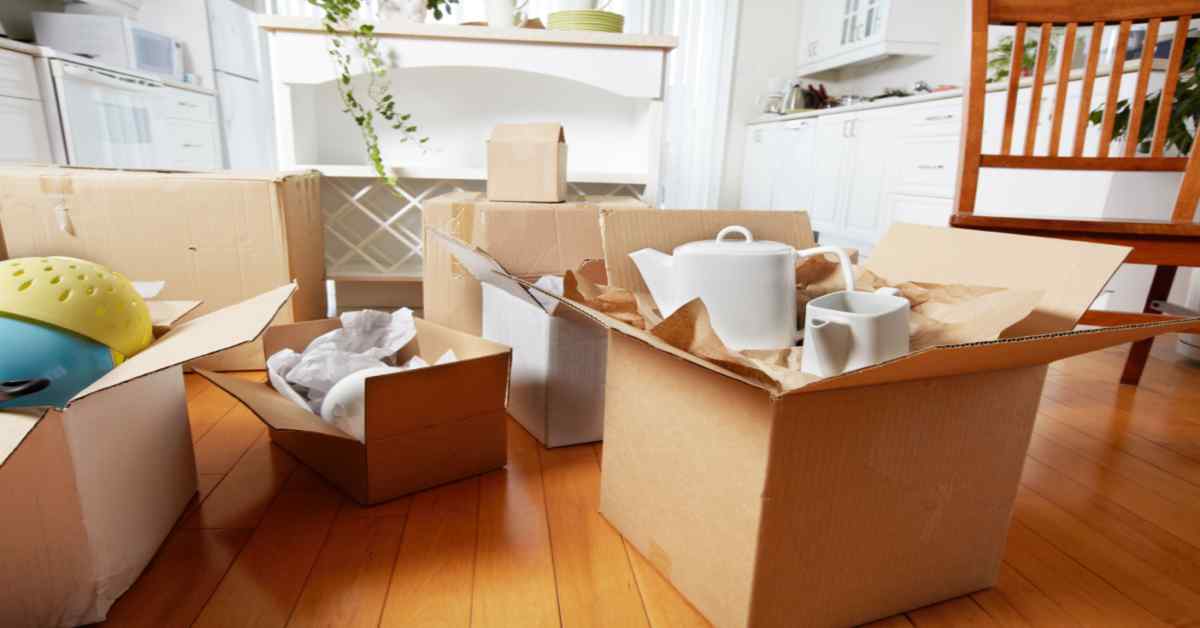
How to Pack Kitchen Items for Moving - Step-by-Step Process
January 31, 2025
4741+ views
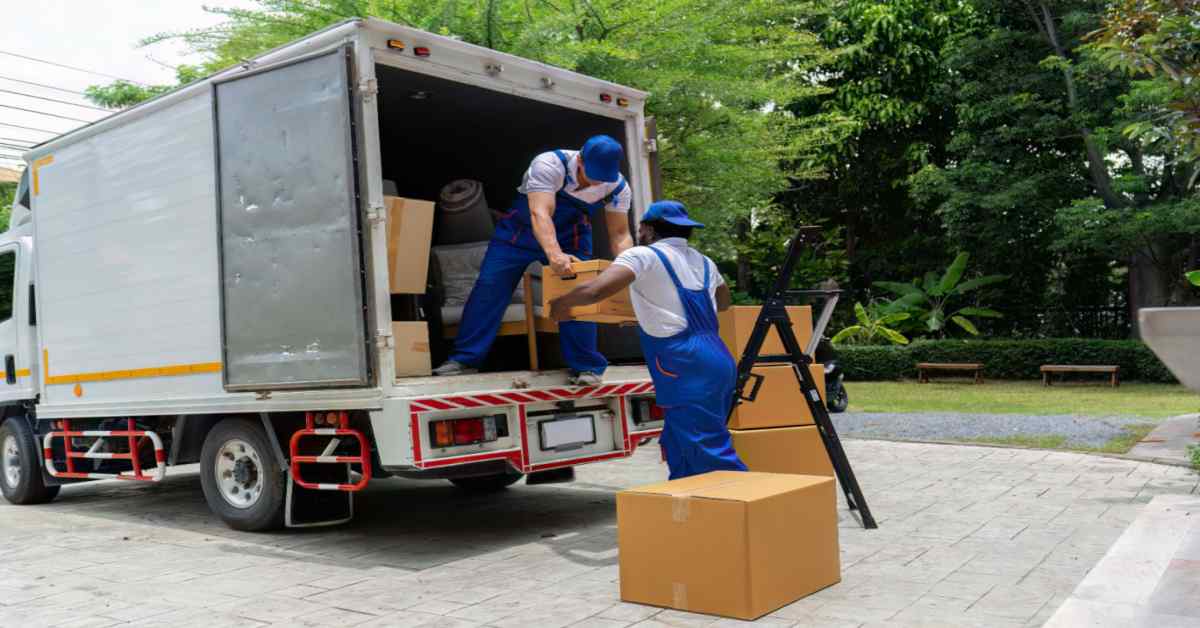
How To Pack Table for Moving Step-by-Step Process
January 31, 2025
2942+ views
Loved what you read? Share it with others!
NoBroker Packers And Movers Testimonials
Most Viewed Articles

10 Best Local Packers and Movers Services in Bengaluru: Discover Efficiency With Convenience
January 31, 2025
532178+ views

Auspicious Days for Griha Pravesh Muhurat 2025 : Month-Wise Date & Time
January 9, 2025
208098+ views

Bike Transport by Train: A Step-by-Step Process 2025
January 31, 2025
53468+ views
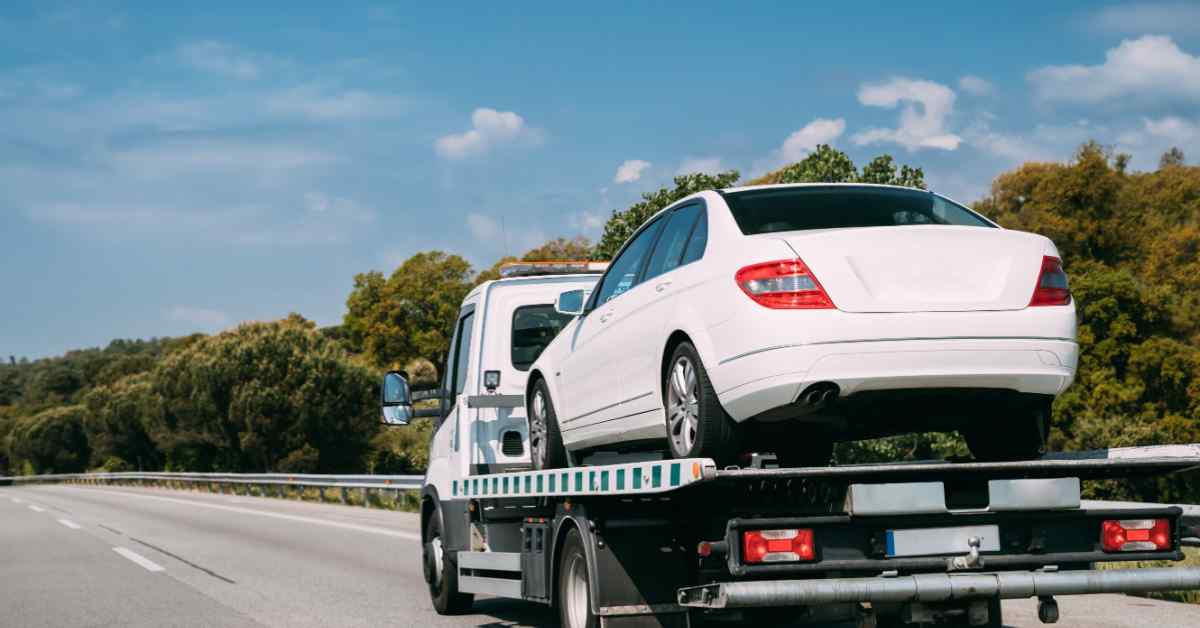
Best Car & Bike Shifting Services in Bangalore
January 31, 2025
41023+ views
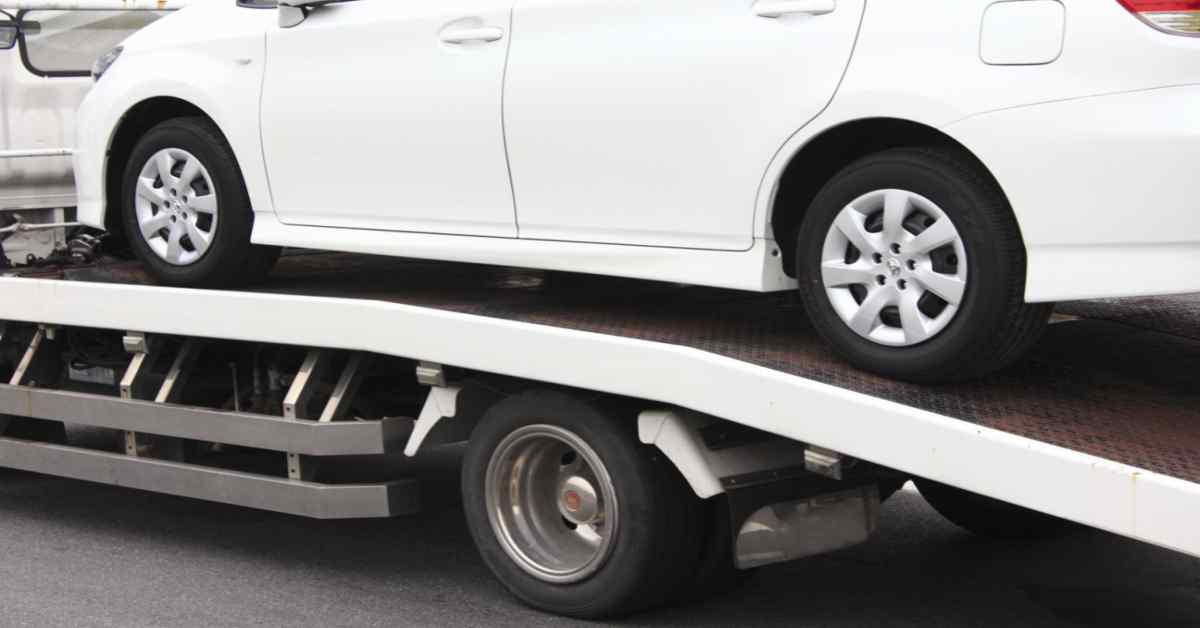
Best Vehicle Shifting Services in Mumbai
January 11, 2023
37992+ views
Recent blogs in
Top 10 Packers and Movers in Bangalore for Outstation Shifting 2025
February 2, 2025 by srivalli susarla
Transport in Bangalore Vs. Transport in Mumbai
January 31, 2025 by NoBroker.com
Great Griha Pravesh or Housewarming Gift Ideas
January 31, 2025 by NoBroker.com
Best Gift Ideas For Griha Pravesh As Per Vastu
January 31, 2025 by NoBroker.com

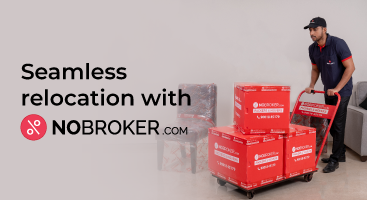
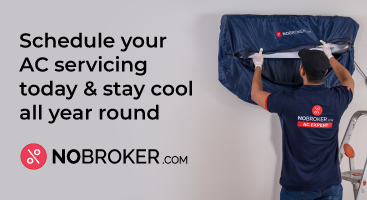
Join the conversation!